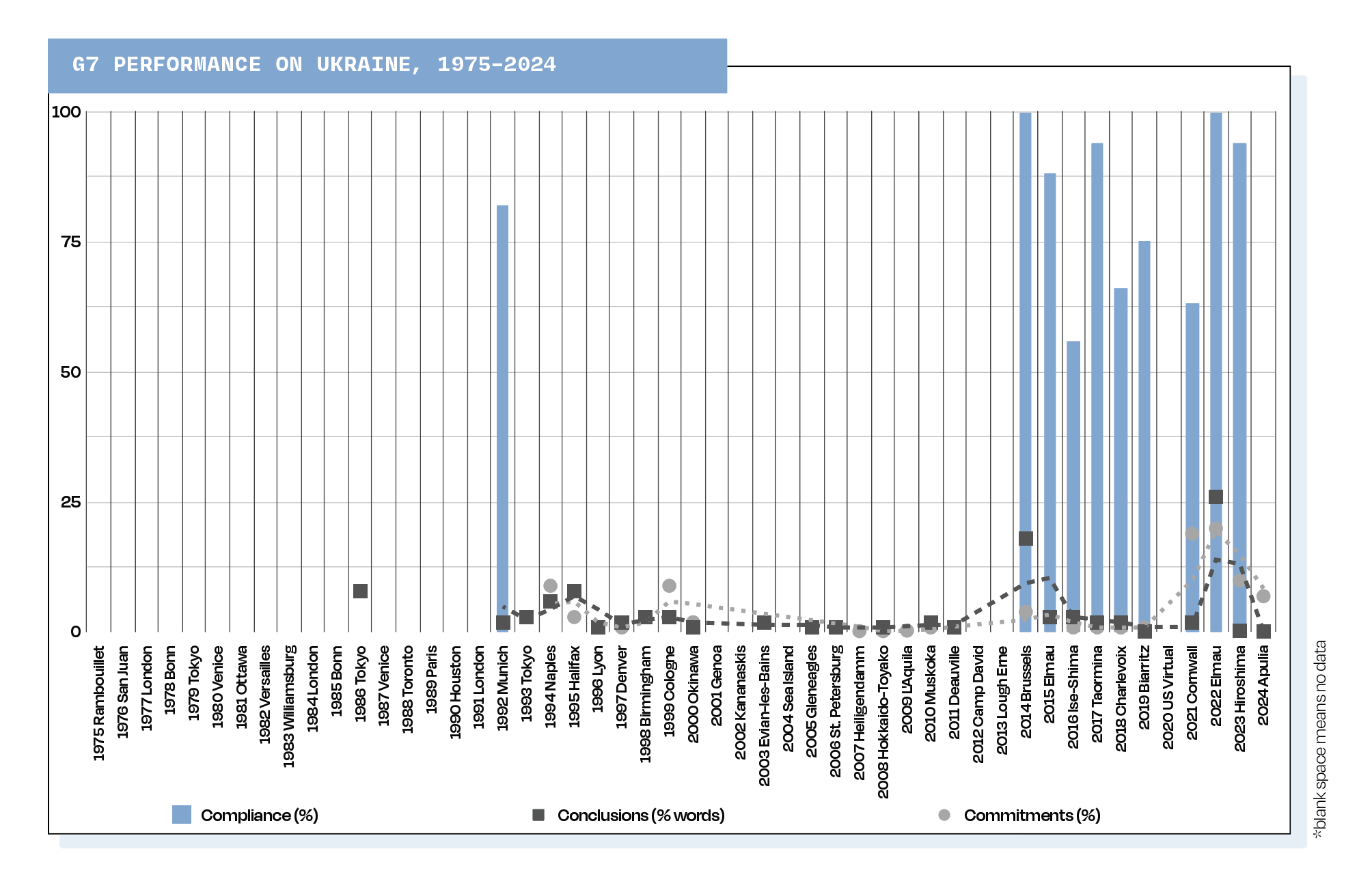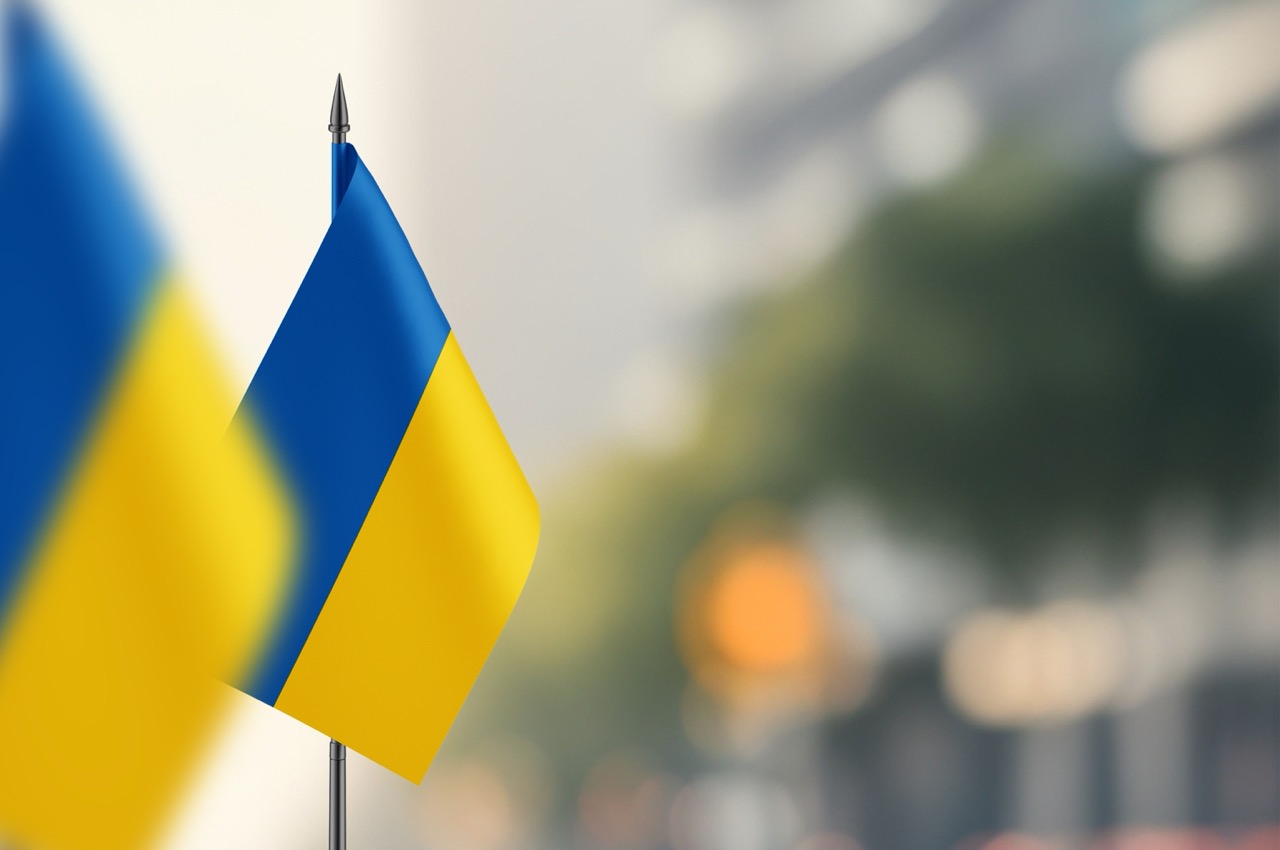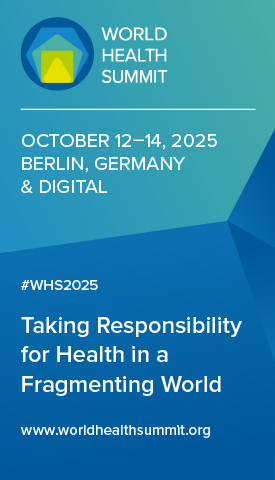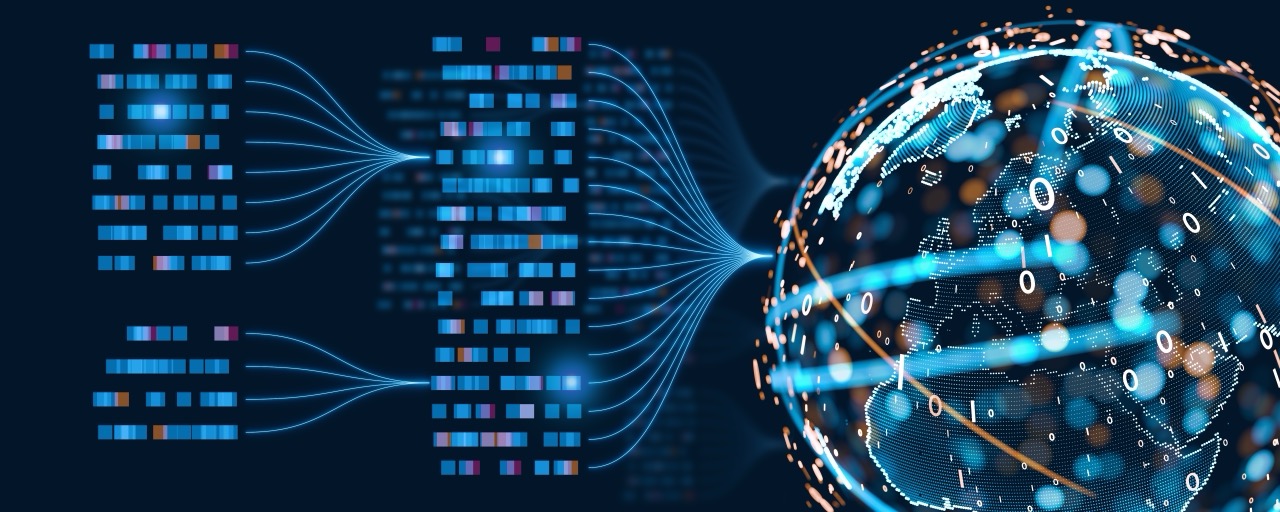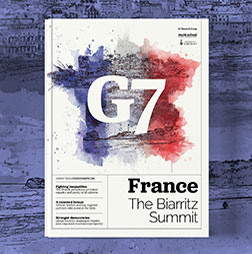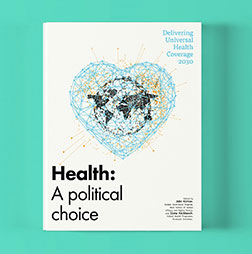G7 performance on Ukraine
Since Donald Trump returned as US president, international discourse about the war in Ukraine has become dizzyingly unpredictable. The reduction of American support for Ukraine, and increasingly changing relations between the United States and Russia, have led other G7 members to pursue new bilateral and multilateral arrangements to support Ukrainian defence. While a ceasefire deal remains under discussion, amid a persistently volatile political environment, it is uncertain whether it will be realised and, if so, upheld. As a result of these and other major security developments, and with Canada’s prime minister having invited Ukrainian president Volodymyr Zelenskyy to the summit, Ukraine will be a major topic at the Kananaskis Summit.
Deliberations
Since their start in 1975, G7 summits have devoted an average of 4% of their public deliberations in their communiqués to issues involving Ukraine. Between 1975 and 1991, until the Soviet Union broke up, the G7 discussed Ukraine only once, in 1986, when the Chernobyl nuclear disaster thrust Ukrainian security into the international spotlight. That outlier accounted for 8% of the leaders’ discussion in 1986.
From 1992 to 2013, Ukraine was mentioned often, if not at every summit. It factored into G7 deliberations at an average of 2% per summit during this period.
After Russia invaded Crimea in 2014, however, Ukraine began to feature more in G7 deliberations, with emphasis intensifying further after the full-scale military invasion of Ukraine in 2022. Between 2014 and 2024, deliberations on Ukraine averaged 6% per summit. In 2014, the G7 dedicated 18% of its communications to Ukraine. In 2022, deliberations related to Ukraine represented 26%, the highest to date. In the following two years, however, deliberations dropped below 1%.
Decisions
Since 1992, the first summit year of Ukraine’s independence from the former Soviet Union, the G7 has made 337 commitments on Ukraine, for an average of 4% per summit. Of those, 314 were made since 2014, for an average of 6% per summit over the last 10 years.
Unlike deliberations, however, decisions regarding Ukraine did not increase significantly following Russia’s invasion of Crimea. It was not until 2021 that they increased dramatically to 80 commitments – or 19% of the summit’s total – on the topic of Ukraine. This percentage rose to 20% in 2022 and remained relatively high at 10% in 2023 and 7% in 2024.
Delivery
G7 members’ compliance with the 19 summit commitments on Ukraine assessed by the G7 Research Group since 1992 averages 82%. Most of these commitments were made between 2014 and 2023. The highest came in 2014 and 2022, the initial years that Russia invaded, with 100% compliance. The summits in 2017 and 2023 came second with 94%. The lowest compliance came in 2016 with 56%. By December 2024 compliance with the two assessed commitments on Ukraine from 2024 averaged 94%, with the one on the extraordinary revenue acceleration loans for Ukraine having 100% and the one on military assistance for Ukraine having 88%.
By member, the highest compliers with the Ukraine commitments from 1992 to 2023 were the European Union with 97%, and the United States and United Kingdom with 91% each.
Recommendations
Years with commitments that specifically invoke economic penalties – either broadly stated or specifically referring to sanctions – have generated the highest compliance. In 2014 and 2023, G7 commitments explicitly stated the intention to impose or uphold sanctions against Russia, and in 2022, commitments likewise delineated an intention to “impose severe and immediate economic costs on President [Vladimir] Putin’s regime”. These three years had a combined average compliance of 98%.
Second, there is a correlation between the release of a stand-alone G7 statement on Ukraine and high compliance with commitments related to Ukraine. In 2014, 2022 and 2023, G7 leaders released statements affirming their commitment to defending Ukrainian security and condemning Russian aggression. As mentioned, these years had high compliance. In 2016, a statement was also released on Ukraine, but rather than pertain to Ukrainian security it described energy sector support; compliance with three commitments on Ukraine that year averaged 56%.
Conclusion
Despite limited data, commitments referencing the war in Ukraine and issuing punitive actions against Russia seem likely to produce high rates of compliance. In contrast, peacetime commitments concerned with diplomacy and development have lower levels of compliance.